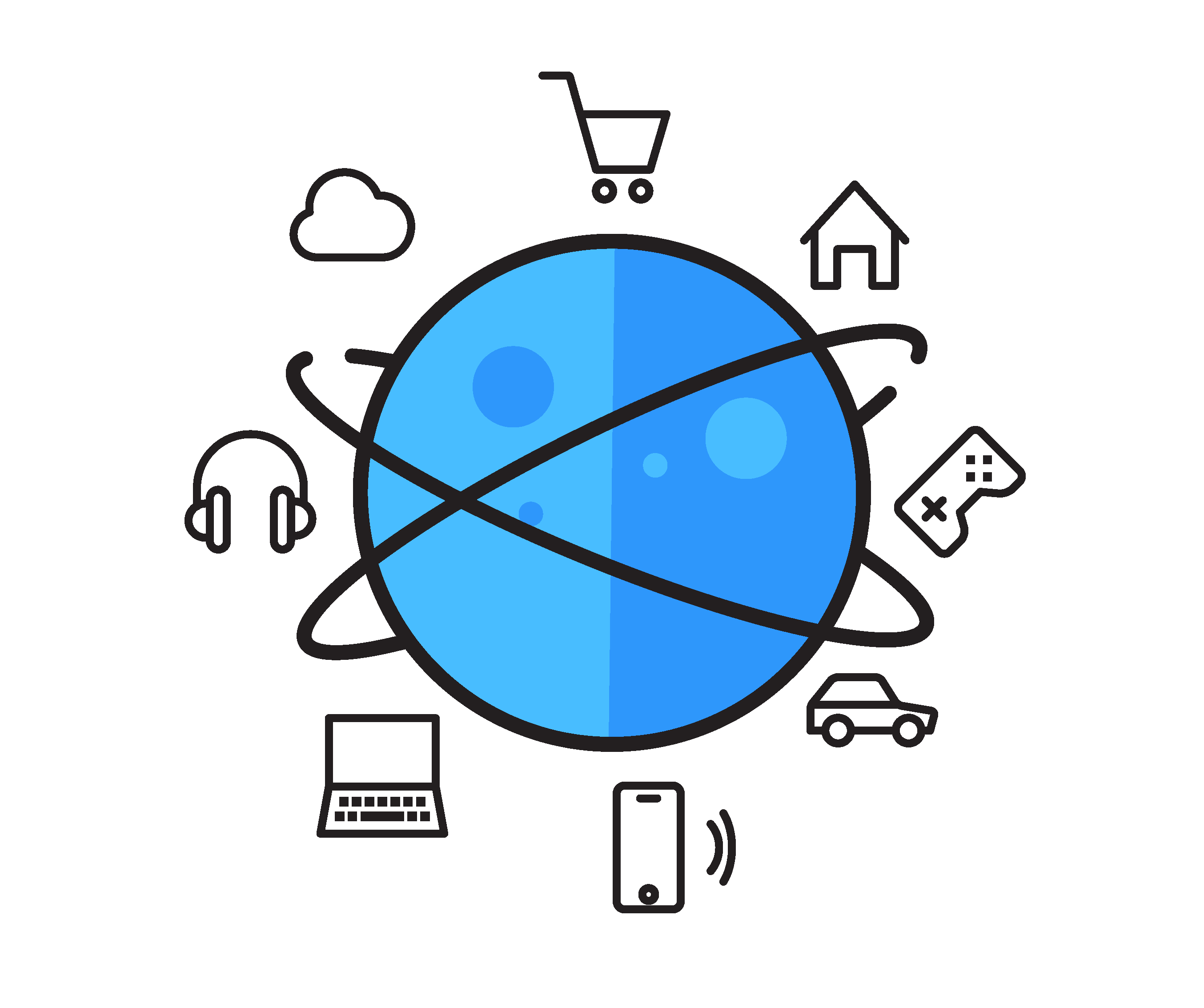4th July 2018
As much as it’s impossible to accurately predict where the world of communication will be in 5 years, it’s also necessary to hypothesize to keep a step ahead in this modern marketing industry. Being a marketer in 2018 is a lot more complex and difficult than it was when I started my career 25 years ago. Channels, technology and importantly the emerging markets where local is defiantly global has created and will continue to make marketing incredibly complex when developing a lasting strategy. It is these reasons why it’s important that brands understand, embrace and influence their always-on audiences with personal, relevant messages.
Mobile communication has come a long way since 1973 when Martin Cooper developed the technique of wireless communication, but there is still a long way to go. Our mobiles are now one of our greatest possessions and we communicate with our friends and brands through them daily.
There is a tidal shift to the small screen for content and it will continue to be the biggest change in consumer behavior for the foreseeable. So what will the future hold for mobile; we can expect more personal interactions between brands and people, the successful brands will captivate and provide a more personalised experience for consumers across small screen devices.
The greatest future shift for mobile has gone from mere possession to necessity and with the intervention of mobile payment, connectivity and an obsession for health tracking; our mobile devices will inevitably become our personal life support. Brands that tap into this consumer mind-shift will benefit now and in the future.

Visual storytelling has and always will be our first love in marketing. Therefore it’s no surprise that brand commercials are still the number one communication method for major consumer global brands. However, there is a change occurring in formats used i.e. short form, long form, snippets, streaming, sharing and consumption through mobile. These combined changes are having an effect on the old school rules, now small brands can think big, and be big. Having had first-hand experience in International traditional agencies, they will be finding it tough. The need to be nimble, quick to react and efficient across so many channels simultaneously will win the digital video battle and ultimately the hearts and minds of all that consume it.
So if people are making brands, who are tomorrow’s people? Two consumer categories that will shape the income of many brands in the near future; Millennials - a generation weaned on media habits like no others before them – cultural relevance will be key to harnessing their future spending power. From the new pound to the ageing pound. Over the next 20 years, the over 60’s will increase by 44% and represent 80% of wealth – so with these important demographics, brands that harness the young and the young at heart will certainly be in good company.
If Social Media is now an established marketing mix category, what’s next? Technology is expected to move up the ladder and not just simply be the distribution platform or indeed the tool box for planning and evaluating, it will actually become part of the mix. Take API’s (Application Program Interface), this digital revolution creates programmatic connective environments, allowing information to move and interact with devices/programs. Real-time communication and data manipulation opportunity are certainly ones to embrace. Agencies that think and act more like a product business and not simply as a service will succeed for themselves and the brands they represent.
The glue that holds it all together? Of course, it’s data. Formulating the mass of available information into strategic directions whilst creating meaningful and real-time personalised relationships.
Artificial intelligence (AI) techniques have been around in marketing for some-time especially in media buying and analytics but recently advancements is showing signs of a prolific infiltrating into all areas of our lives. This fundamental shift in AI technology is now allowing marketers not only distribute efficiently but create unique brand experiences. Those that ignore the strategic capabilities of AI will wish they hadn’t.
'Internet of Things' or 'Physical Web' - millions of beacons each year are appearing around the world, connecting us with things. Over the coming years, we will see new tracking technologies in-store and in our communities, it will pave the way for end-to-end understanding and real-time, relevant proximity marketing. With the growth of mobile payment, brands that use technology to provide in-store purchase marketing attribution will also start reaping the rewards. Don't be surprised if we see the traditional retail store being repurposed into media experiences and in-time a completely new revenue model emerging, where the metric of sales is replaced by positive exposure.

Brand stories must have chapters that evolve over time and be told in a compelling way to the people that listen – this hasn’t changed. Good ideas based on true consumer insight mixed with popular culture – this hasn’t changed. Activating a brand’s opportunities through invitation and personal experience and then amplifying that message through the multiple channels – this hasn’t changed. What has changed is that all these strategic marketing processes are executed on a much bigger, much more fragmented, and faster scale than ever before. Brands with a fast reaction time to consumer media demands and that look to a global market strategy will inevitably win.
By James Thomas, MD of Agency Forty.
You can use this article or part of it, but be respectful, please ask permission, credit the author and add a link to this page.